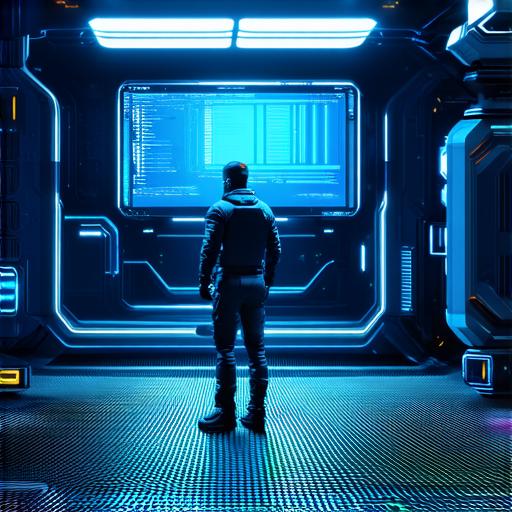Explore Exciting Opportunities in 3D Programmer Jobs
1. Game Development
One of the most exciting and dynamic fields for 3D programmers is game development. This industry involves creating interactive games for a variety of platforms, including mobile devices, consoles, and PCs. As a 3D programmer in game development, you’ll be responsible for designing and implementing 3D graphics, animations, and special effects that will make the game come to life. You may also work on optimizing the game’s performance, fixing bugs, and improving the user experience.
One of the most popular and lucrative areas in game development is creating games for mobile devices, where there is a huge demand for high-quality, engaging games that can be played on the go. However, console gaming is also a thriving industry, with companies like Sony and Microsoft constantly releasing new titles that require skilled 3D programmers to bring them to life.
2. Advertising and Marketing
Another exciting field for 3D programmers is advertising and marketing. In this industry, you’ll be responsible for creating stunning visual effects and animations that will capture the attention of consumers and promote products or services. You may work on creating ads for TV, print, online, or outdoor media, as well as designing product packaging, displays, and other promotional materials.
One of the most popular and lucrative areas in advertising and marketing is working with automotive companies to create eye-catching commercials and promotional materials for their products. With the growing popularity of electric vehicles, there’s also a high demand for 3D programmers who can create realistic simulations and animations that showcase the capabilities of these innovative vehicles.
3. Architectural Visualization
Architectural visualization is another exciting field for 3D programmers, where you’ll be responsible for creating stunning visualizations of buildings, landscapes, and other structures. These visualizations are often used by architects, interior designers, and real estate developers to showcase their designs and concepts to clients and stakeholders.
One of the most popular and lucrative areas in architectural visualization is creating photorealistic renderings of buildings and other structures for use in marketing materials and presentations. These renderings are often used by real estate developers to showcase their properties to potential buyers and tenants, as well as by architects to win new business.

4. Product Design and Development
Product design and development is another exciting field for 3D programmers, where you’ll be responsible for creating 3D models and simulations of products and prototypes. These models are often used by engineers, designers, and manufacturers to test and refine their products before they go into production.
One of the most popular and lucrative areas in product design and development is working with consumer electronics companies to create 3D models and simulations of new products. This can include everything from smartphones and tablets to drones and other innovative devices. With the growing popularity of virtual reality, there’s also a high demand for 3D programmers who can create immersive VR experiences that will transport users to new worlds and environments.
FAQs
What skills do I need to become a 3D programmer?
To become a 3D programmer, you’ll need strong technical skills in 3D modeling, animation, and programming, as well as creativity and problem-solving abilities.
How much do 3D programmers earn?
The salary for 3D programmers can vary depending on factors such as experience, location, and industry. However, the average salary for a 3D programmer in the United States is around $80,000 per year.
What are some common tools and software used by 3D programmers?
Some of the most popular tools and software used by 3D programmers include Maya, Blender, 3ds Max, AutoCAD, and ZBrush.
How can I get started in 3D programming?
To get started in 3D programming, you’ll need to learn the basics of 3D modeling, animation, and programming. You can do this by taking online courses or attending workshops, or by working on personal projects to gain experience and build your portfolio.
